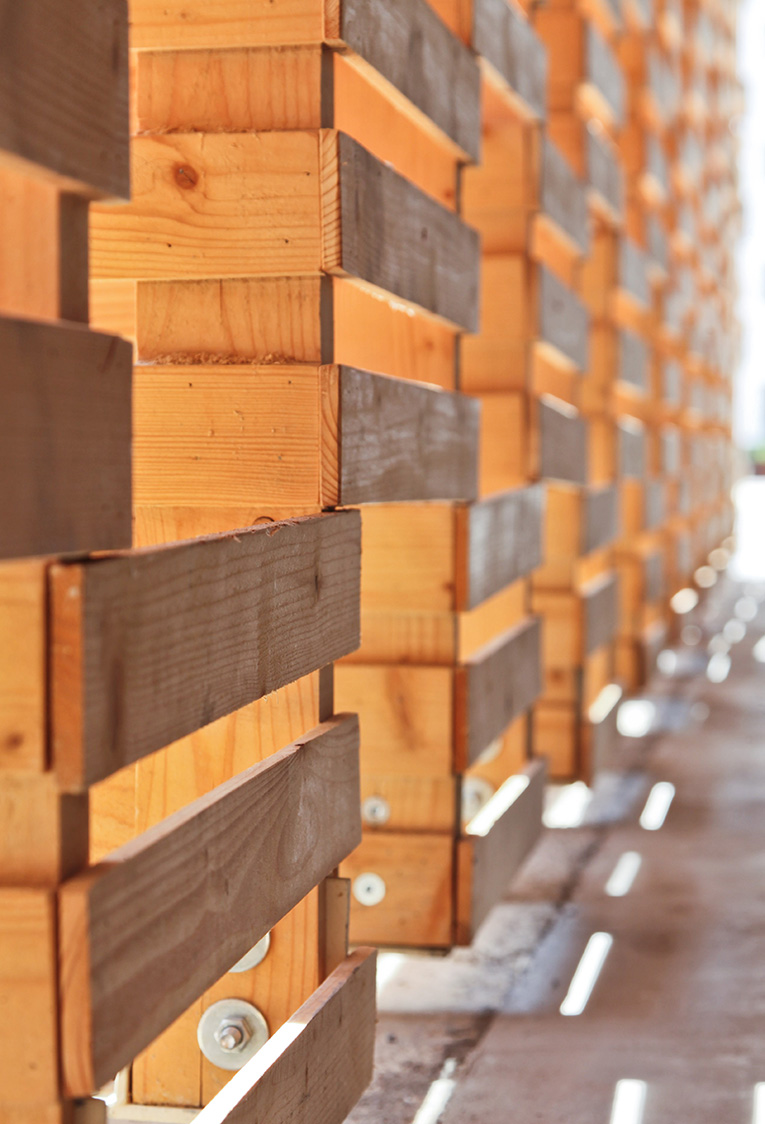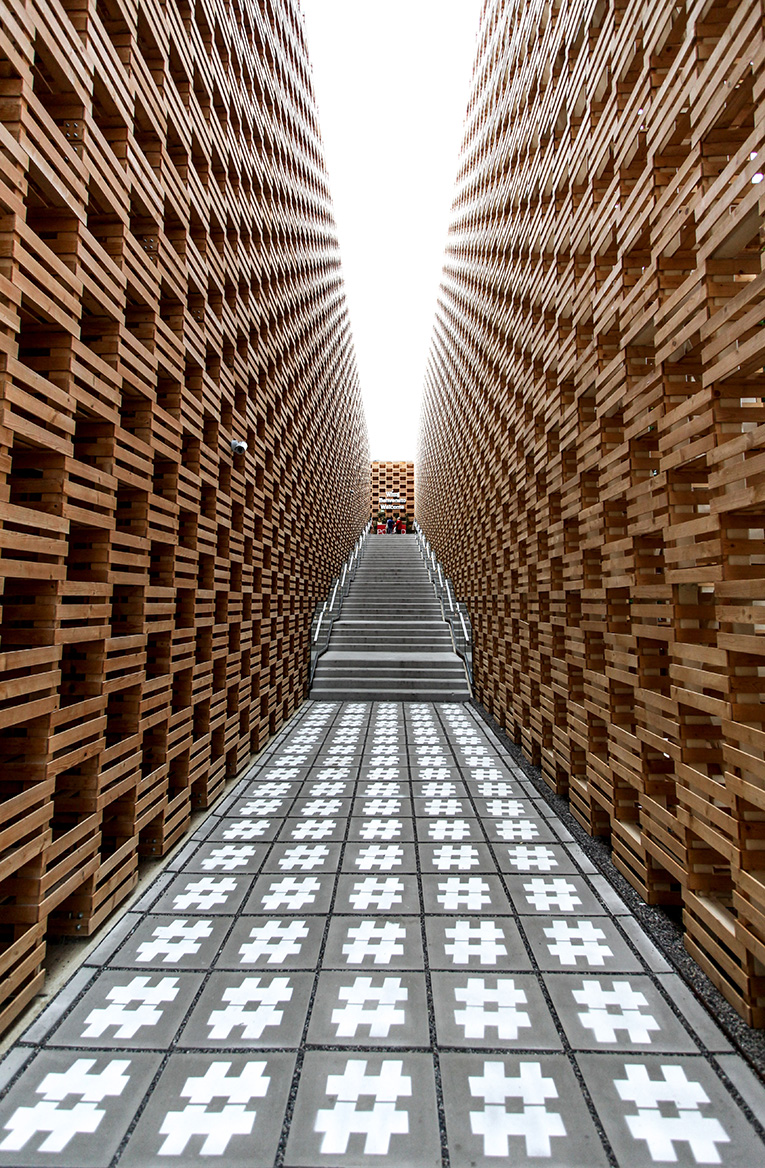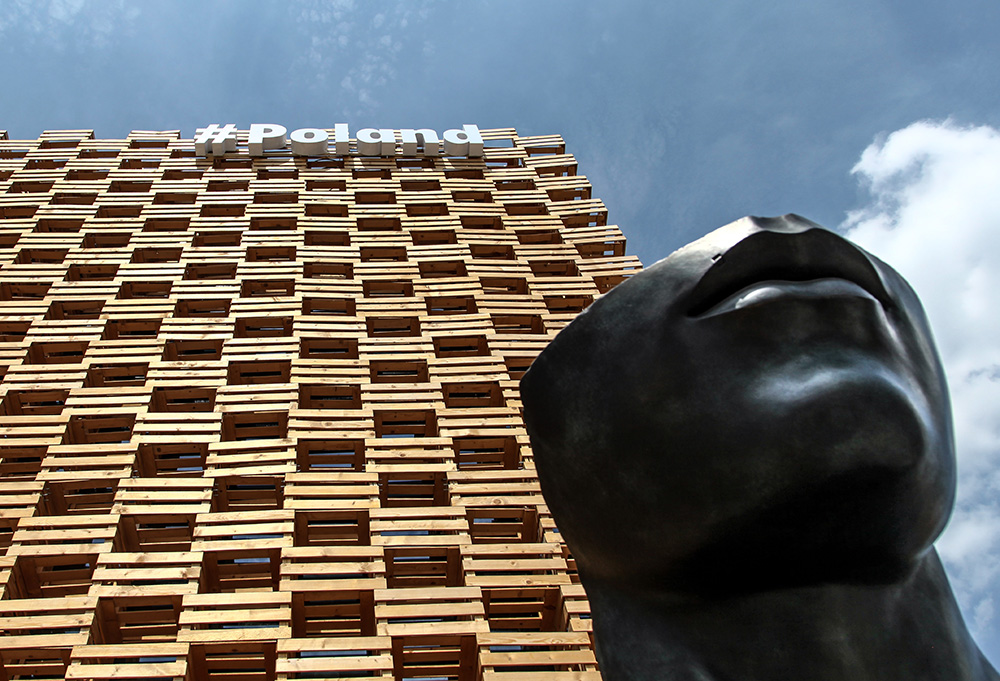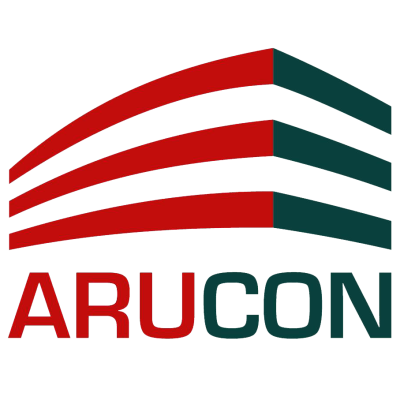Expo
Location:
Main contractor:
Architect:
Complete:
Façade Scope:
Milan, Italy
PARP
2pm
2015
Performing static, detailed and workshop design for all of the wall elements. Comprehensive design of ventilation, heating and cooling, water and sewage systems.
SEND US A MESSAGE
CONTACT INFORMATION
15 Powązkowska St.
01-797 Warsaw
Poland
Do You have A Question? Do You want to know our offer?
WE ARE AT YOUR DISPOSAL!
EXPO 2015
Country: Italy
Location: Milan
Purpose: exhibition area
Main Contractor: Polska Agencja Rozwoju Przedsiębiorczości
Architect: 2pm
Our contribution: Performing static, detailed and workshop design for all of the wall elements.
Complete: 2015
From May 1 to October 31, 2015, the world exhibition - Expo 2015 was held in Milan.
It was being attended by 145 countries from the entire world, and the exposition main slogan was ‘Feeding the Planet, Energy for Life’. The technologies, innovations, culture, traditions and creativity related to the food and food industry were taken into account. The main postulate of the event was the right to healthy, safe food and trying to obtain a sufficient amount of it for all inhabitants of the Earth…
PROJECT
The idea behind the Polish Pavilion at EXPO 2015 in Milan was to appeal to tradition and mythology associated with the Polish orchard and garden - special and characteristic spaces in the Polish landscape, not only rural. The team of the designers from the architecture studio 2pm used the motif of a wooden crate used as transport packaging for fruit and vegetables. This motif appeared in the project on two levels - at the micro level, through the use of openwork, modular wall outside the pavilion, referring to the design and visual appearance of the boxes, and at macro level, by giving the whole structure the shape of the crate - packaging for the presentation of Polish agriculture.
EFFECT
The pavilion's plan leads the visitor through a symbolic "secret garden", hidden behind an openwork "box" structure. This was supposed to embody the orchard with rows of fruit trees, which is characteristic of the Polish landscape. Visitors got to know the entire topography of the orchard gradually, as they traveled through a long road that often changed its direction and level. The essence of being inside of the orchard was invoked by the contrast between the narrow and high space of the entrance and road gap and the horizontal, unlimited space of the garden. The effect of the illusion of vastness and infinity was created by the use of mirrors and elements made of polished chrome sheet placed around the entire inner perimeter of the walls. Such a system of mirrors multiplied the reflections in every direction, creating the illusion of unlimited space.
The Polish pavilion therefore gave the impression of a place full of light and freedom. It was a kind of allegory of the cradle and the center of life, personified quite perversely and surprisingly by the Mazovian orchard. The authors' team constructed the pavilion in such a way that it could be used to organize various events accompanying the exhibition, which, when combined with such an abstract background, gained a characteristic and memorable setting.






